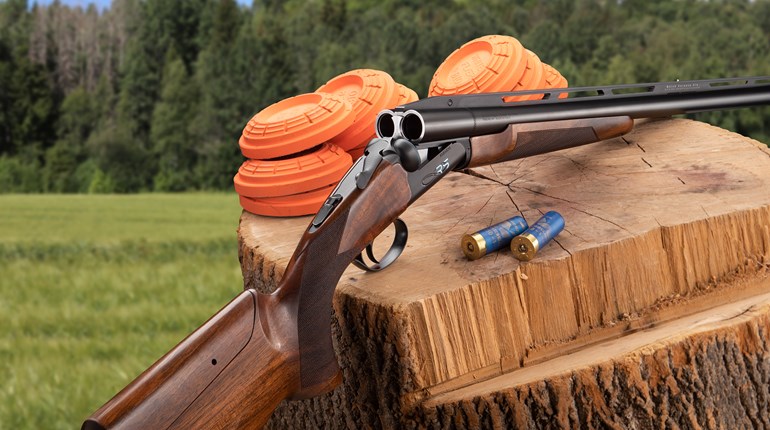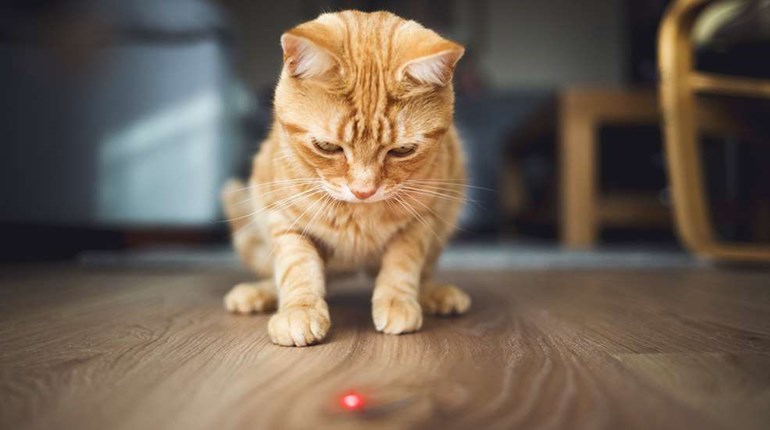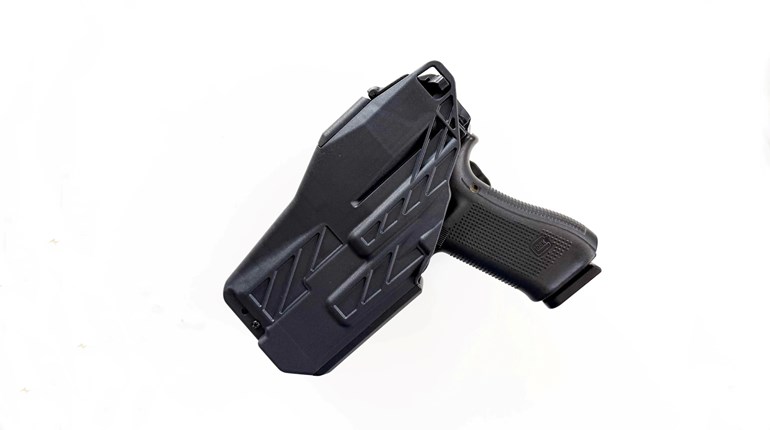Previous videos in this series had 12-time National Pistol Champion Brian Zins sharing his tips on pistol grip improvement, improving trigger control, the special relationship between aiming and trigger control, how to properly aim a pistol red dot sight, and how to handle anticipation on the firing line. For the final installment of the series (watch the video above), Brian teaches us how to bring all these concepts together to develop a winning shot process for precision (bullseye) pistol competition.
Part 6: Developing a Shot Process
There are many things that need to be addressed when developing your shot process. And it’s more than just having a good mental program.
“The biggest thing is marrying the mental game to the actual mechanics and the physical part of shooting. That’s your shot process.” said Brian. “Basically, a shot process is everything it takes to deliver one well-aimed shot.”
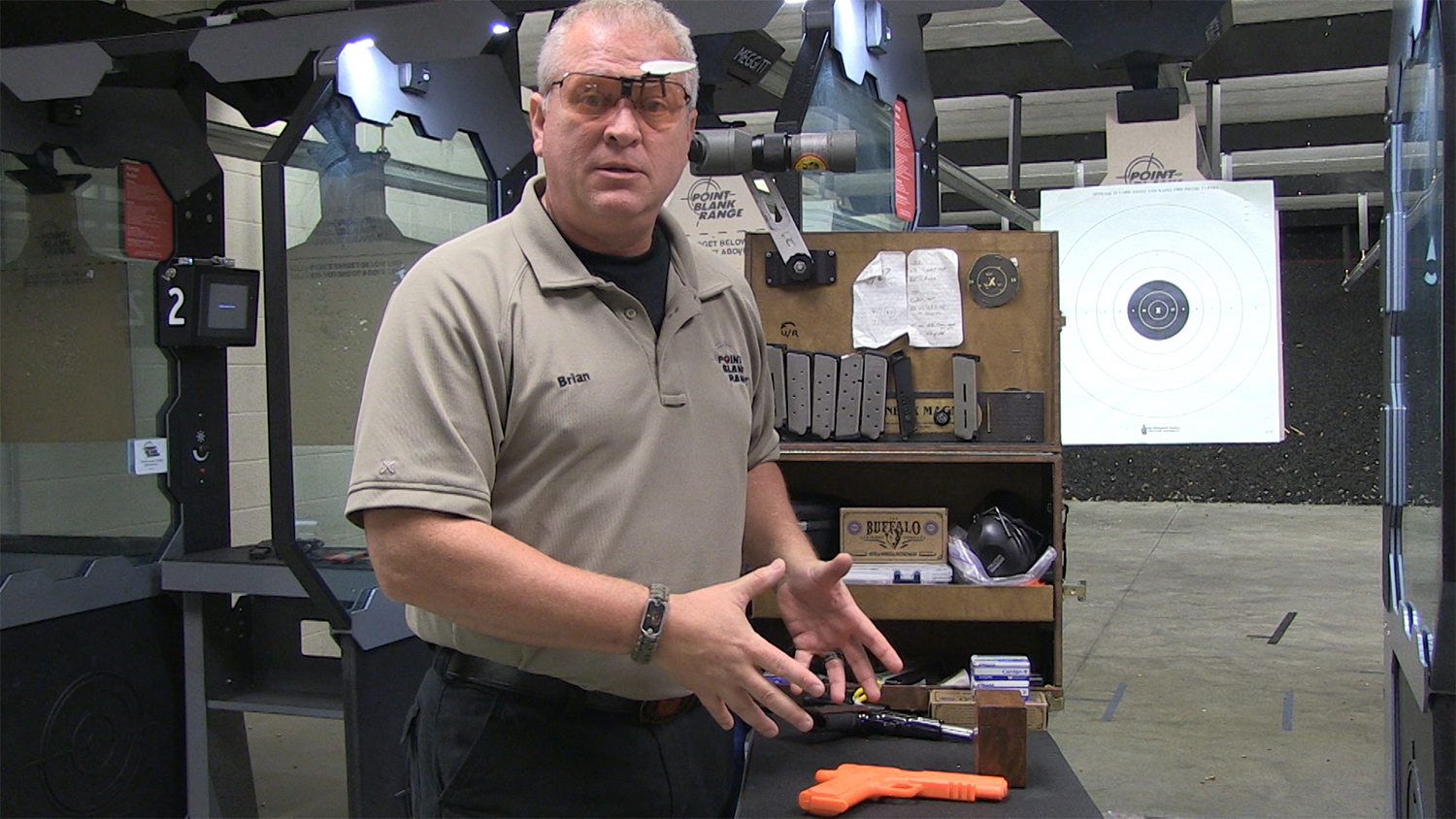
Easier said than done, right? Writing down everything you do can help with your shot process development. That’s how Brian did it when he was on the U.S. Marine Corps pistol team.
“When I was in the Marine Corps, Captain Belke had us write down our shot process. We would keep very detailed notes.” said Brian. “Eventually, it got to where my shot process filled a yellow legal pad. Every step [necessary] to make a well-aimed shot.”
Actively developing a routine is key for a successful shot process. Your process should be an all-encompassing mental checklist that makes sure consistency is paramount when you are on the firing line. Maintaining a good rhythm is important. Some shooters will develop their process over years of competition, and they won’t even know or realize it. Bottom line: the best shooters will follow the same routine every single time.
“If something happens that’s different outside of your process—STOP, you have to start over,” said Brian. “I don’t know what your shot process is, but you have to develop that process. It’s the only thing that’s going to tell you ‘I’m doing everything right,’ or ‘I’m doing everything wrong.’”
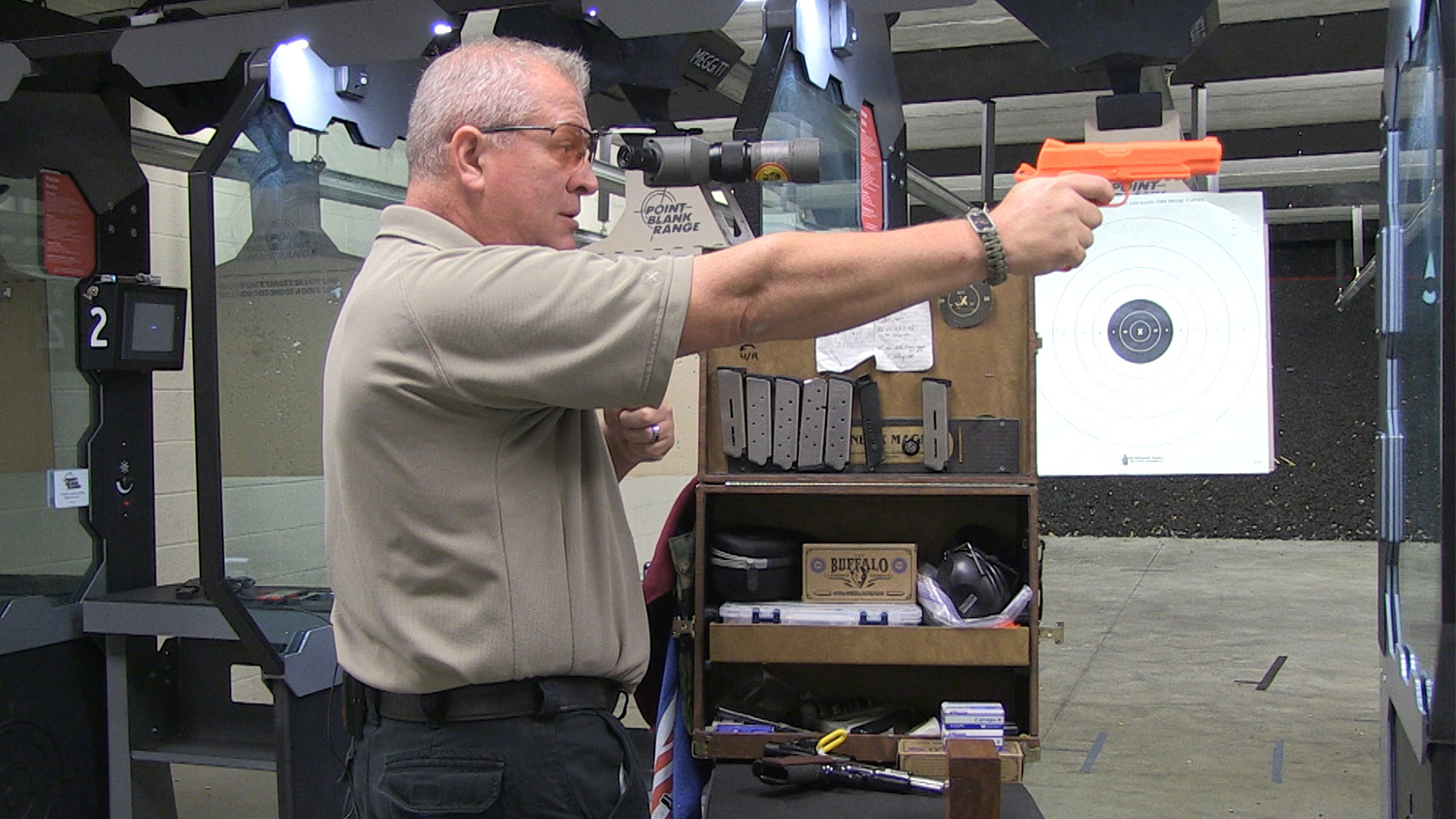
Brian says that identifying indicators early on can make a big difference in shooting performance. An indicator can be any stray action or thought in your routine.
“If you’re in the middle of your shot process, bringing your gun up in slow fire, and you’re thinking about getting milk at the store tonight—that’s an indicator your mind is not where it needs to be,” said Brian. “That isn’t going to help you make a well-aimed shot.”
Writing out your process, or taking video of yourself shooting can be beneficial. Make sure your process is actually what you are doing. Start with slow fire, then move on to sustained fire. Knowing where your routine fits in with the commands will also help. It will take time to get it just right.
“Once you master your shot process, your scores will definitely improve,” said Brian. “Come to one of my clinics, and we’ll talk about process.”
The tips in these videos are taken from Brian’s instructional clinics. Learn more about Brian Zins pistol training at www.pointblankrange.com/training-instructor-bios/brian-zins

